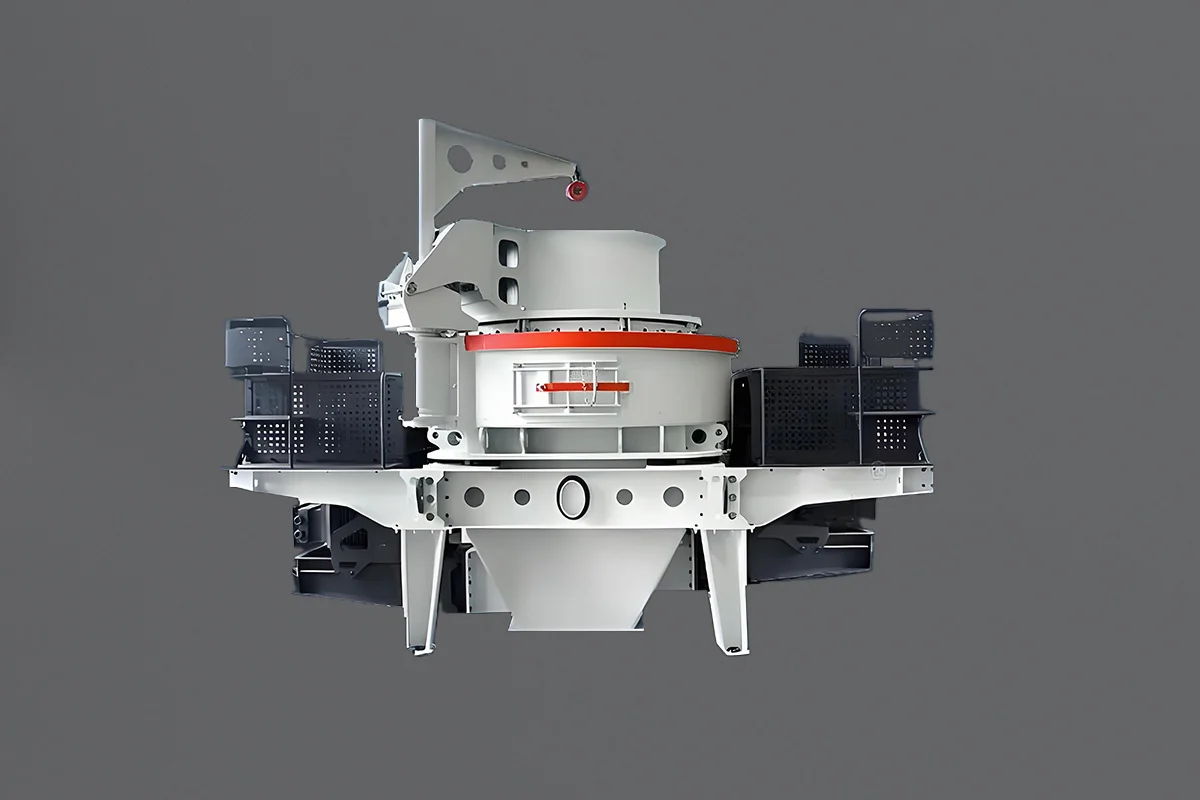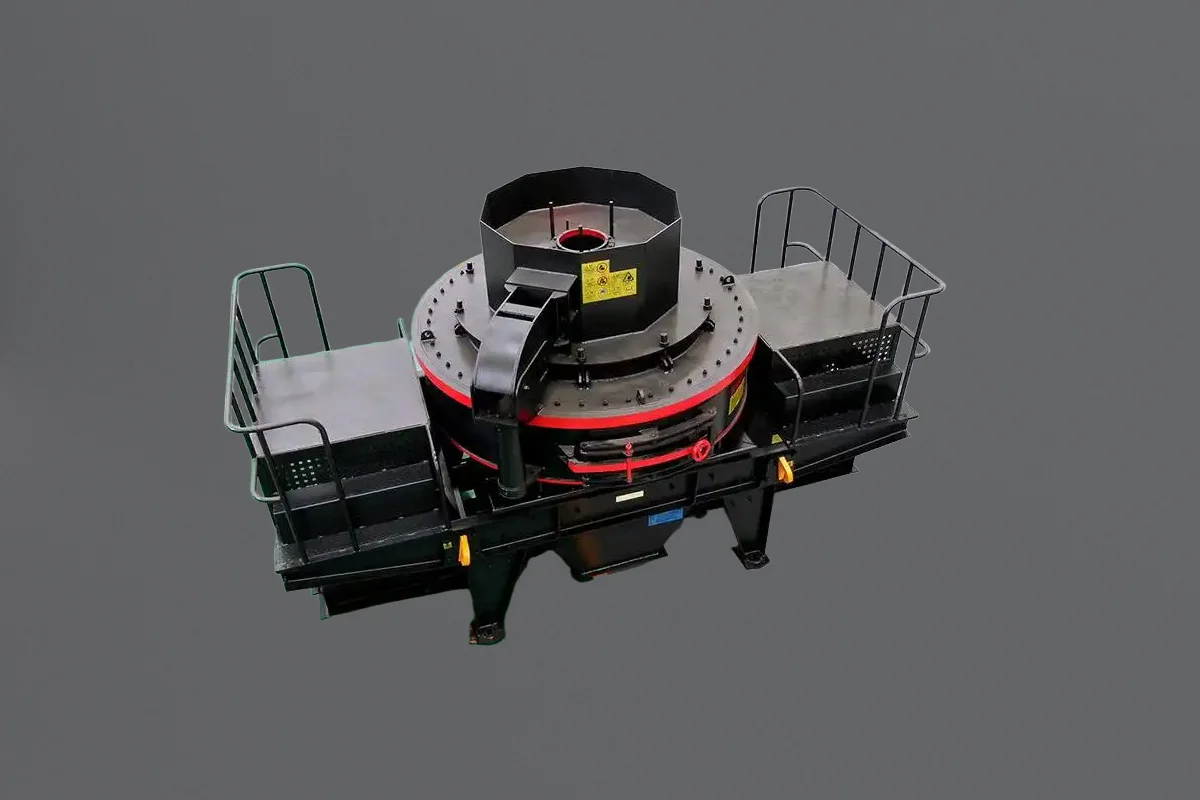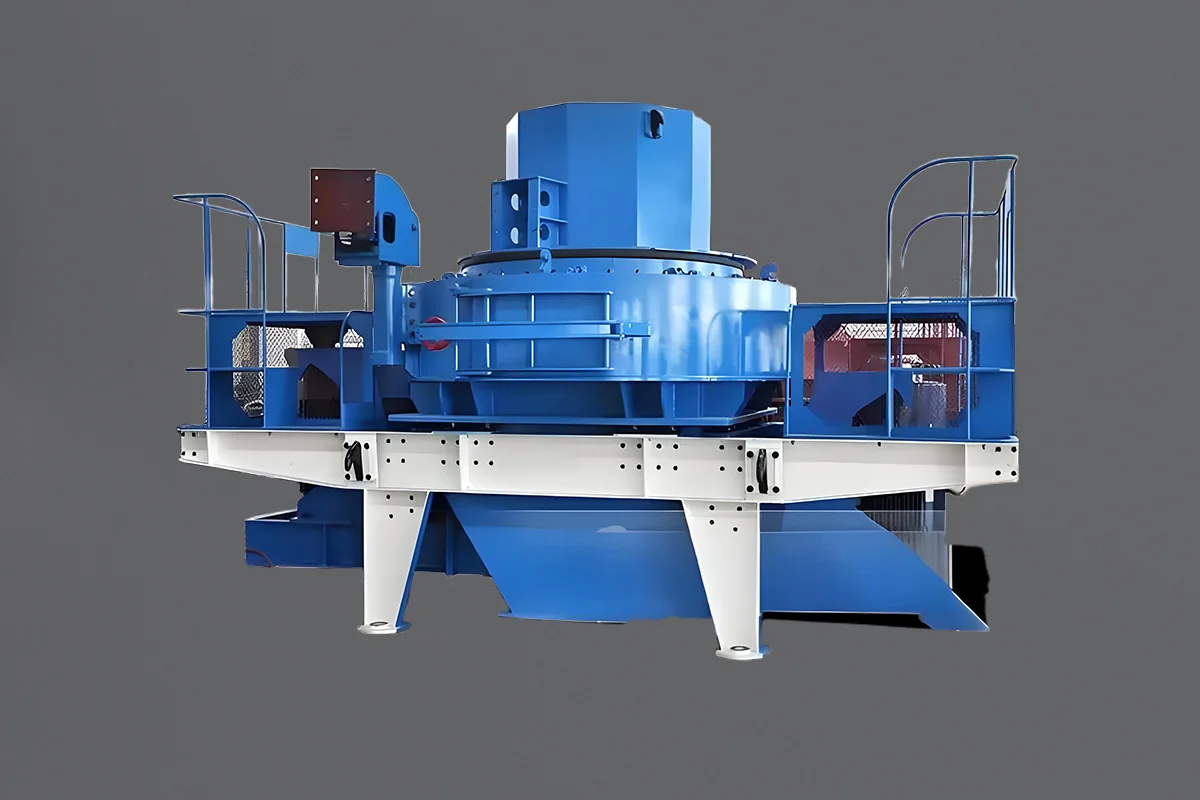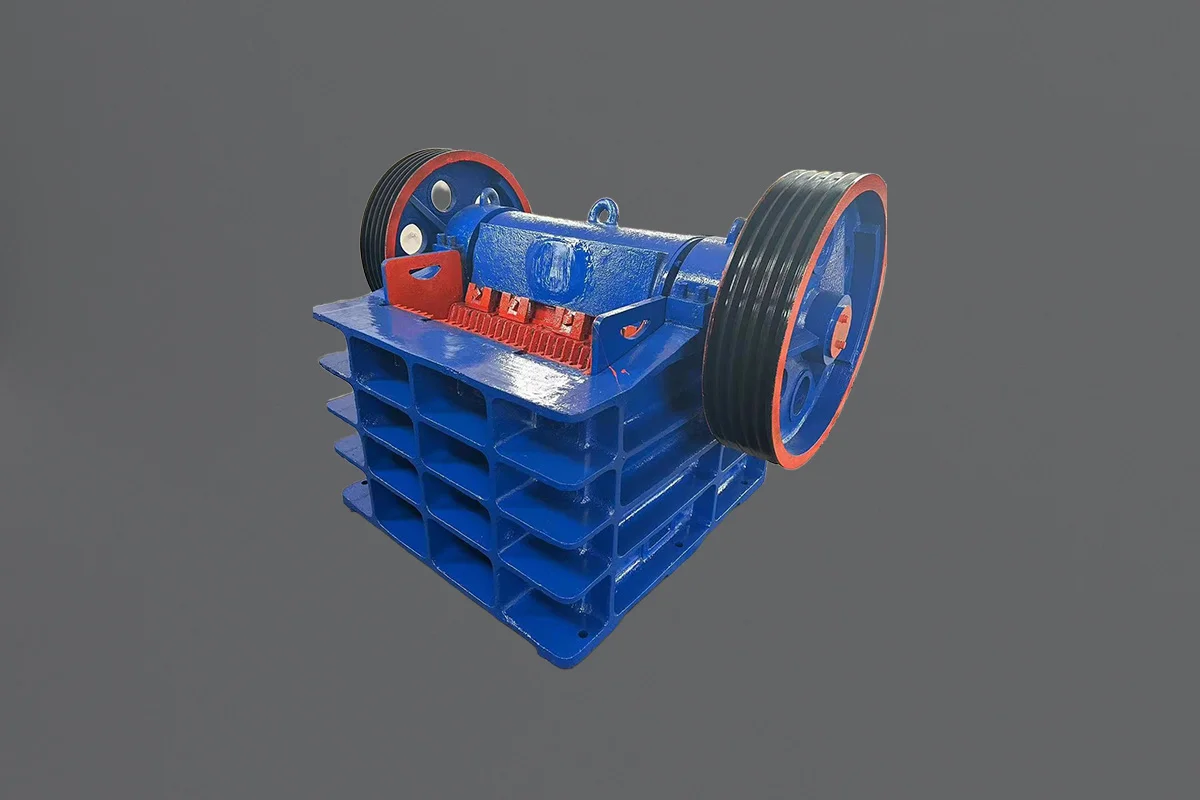Background
Our USA customer purchased 98 manganese crusher hammers (Mn18) for his cement vertical crushers. After six months of service, some parts broke and failed. The customer wants us to analyze the cause of the breakage and provide optimized products.
Working condition Analysis
The crusher hammer is the core component of the hammer crusher, and due to the high-impact working conditions in the crusher, high manganese steel is the most suitable metal material for the hammer. The hammerhead in the cement clinker crusher is mainly made of Mn18-high manganese steel. During the solidification process of a high manganese steel hammer, when the sum of the internal stress generated by cooling shrinkage and the thermal stress generated by the temperature difference between the inside and outside of the casting exceeds the strength of the stress-affected area, fine cracks will occur in the casting. These fine cracks may be filled with solute elements on one hand, and on the other hand, they may cause the accumulation of inclusions, both of which will form discontinuous zones in the steel matrix. These cracks and their internal fillings cannot be eliminated during the water toughening. In the harsh and complex working conditions inside the crusher, the direction and intensity of the impact on the hammer head during its operation have a certain randomness, leading to the continuous expansion of the differences in surface work hardening characteristics and microstructure features of various parts of the hammer. In addition, the existing fine cracks continue to propagate during the fatigue impact process, eventually leading to failure accidents such as fractures or hammer breakage, which affects the overall service life cycle.
Inspection and analysis of failed high manganese crusher hammers
Ingredient testing
Different casting parts were taken for composition inspection, and the results are shown in Table 1.
| Table 1. Chemical composition of Mn18 broken hammer | |||||||||
| Position | C | Si | Mn | P | S | Cr | Mo | Al | Ti |
| surface layer | 1.42 | 0.36 | 17.62 | 0.019 | 0.014 | 1.02 | 0.07 | 0.09 | 0.48 |
| heart part | 1.45 | 0.38 | 18.21 | 0.019 | 0.016 | 1.02 | 0.03 | 0.09 | 0.51 |
In Table 1, it can be observed that there is a slight difference in composition between the central region and the surface, which is attributed to segregation during the solidification process. Chromium is one of the elements added in relatively large quantities to high manganese steel, and its role is also quite clear. After water toughening treatment, chromium mostly dissolves into the austenite phase of high manganese steel, increasing the steel’s yield strength and accelerating carbide precipitation during cooling, typically resulting in a continuous reticular distribution of carbides along the grain boundaries. High manganese steel with added chromium exhibits improved wear resistance when subjected to strong impact abrasion, making it suitable for crusher hammer castings.
Titanium belongs to the category of vital reducing elements in molten steel. In high-carbon, high-nitrogen Mn18 steel, it can combine with C and N to form precipitates. If high-melting-point particles such as TiN and Ti(C, N) are formed before solidification, they can act as non-spontaneous heterogeneous nucleation sites for austenite, increasing the number of grains per unit volume and thus refining the grain size. Therefore, there has been considerable research and practical application of titanium micro alloying in high manganese steel. In the Mn18 steel described in this article, around 0.5% titanium was added during the initial design phase.
Crusher hammers fracture interface analysis
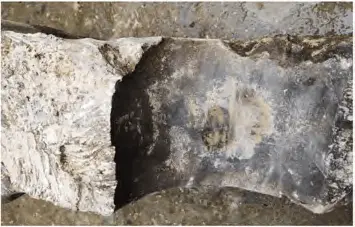
From Table 2, the ingredients reach the optimization target range.
After casting is completed, the crusher hammer is dissected, and the organization is shown in Figure 6.
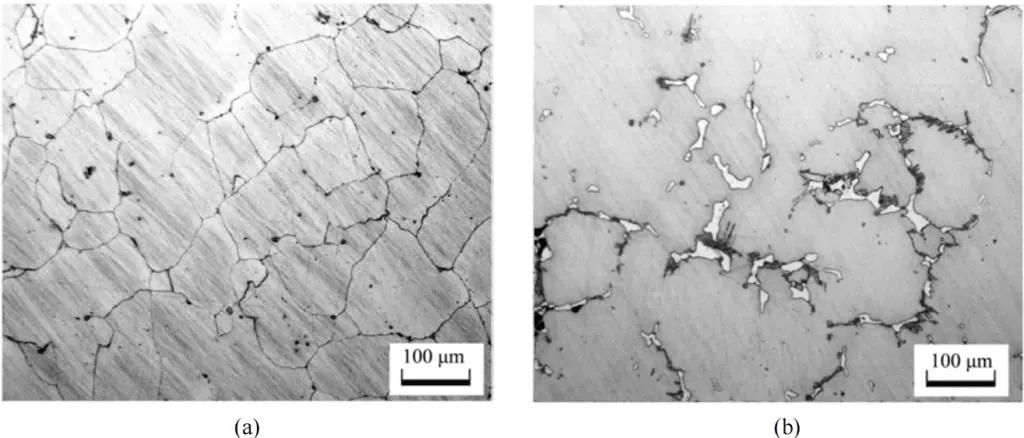
(b) Central area
Figure 6 shows that after optimizing both the composition and the process, the structure near the surface of the hammerhead becomes more uniform. The grain size is at level 2, while the grains in the core region are about level 1, showing distinct grain boundary precipitation. However, the precipitates are mainly blocky carbides, and the length of acicular carbides is mostly within 10 μm, indicating a proper reduction in carbon content. Adding Mo in combination with Cr reduces the total amount of precipitates and optimizes their morphology, which is conducive to the stability of grain boundaries. Moreover, no TiN-like blocky inclusions were observed to aggregate in sheets among the precipitates, suggesting that the adverse effects of such inclusions are within a controllable range.
After 18 months of use, this batch of crusher hammers has not experienced any fracture failures apart from normal wear on the surface ends. This indicates a significant improvement in the internal and external quality of the crusher hammers, leading to a stable extension of their service life cycle.
Conclusion
- Cracking along the grain boundary at the cross section is the direct cause of Mn18 crusher hammer fracture, and the fundamental reason is the precipitation of grain boundary network carbides caused by an insufficient cooling rate.
- If the Ti content is too high, a large amount of square TiN will precipitate and aggregate at the grain boundaries, which will also decrease the grain boundary bonding force and promote grain boundary cracking under the action of external forces.
- Using Cr and Mo composite alloying can reduce the precipitation of grain boundary carbides, optimize the morphology of carbides, and significantly reduce the precipitation of oversized needle-like carbides.
- Measures such as optimization of the water toughening process based on composition optimization are adopted to refine the grains of the Mn18 hammer, control the total amount and shape of precipitates, and ultimately extend the service time.
Based on the analysis of the fracture interface characteristics, morphology, and metallographic structure of manganese crusher hammers, it has been determined that cracking along grain boundaries, excessive Ti content, and unreasonable production processes are the reasons for the failure. By reducing Ti content, increasing Mo element, changing the production process, and other measures, the microstructure characteristics, total amount, and morphology of precipitates of Mn18 crusher hammers are optimized, and the service cycle and stability of the hammerhead are effectively improved.
